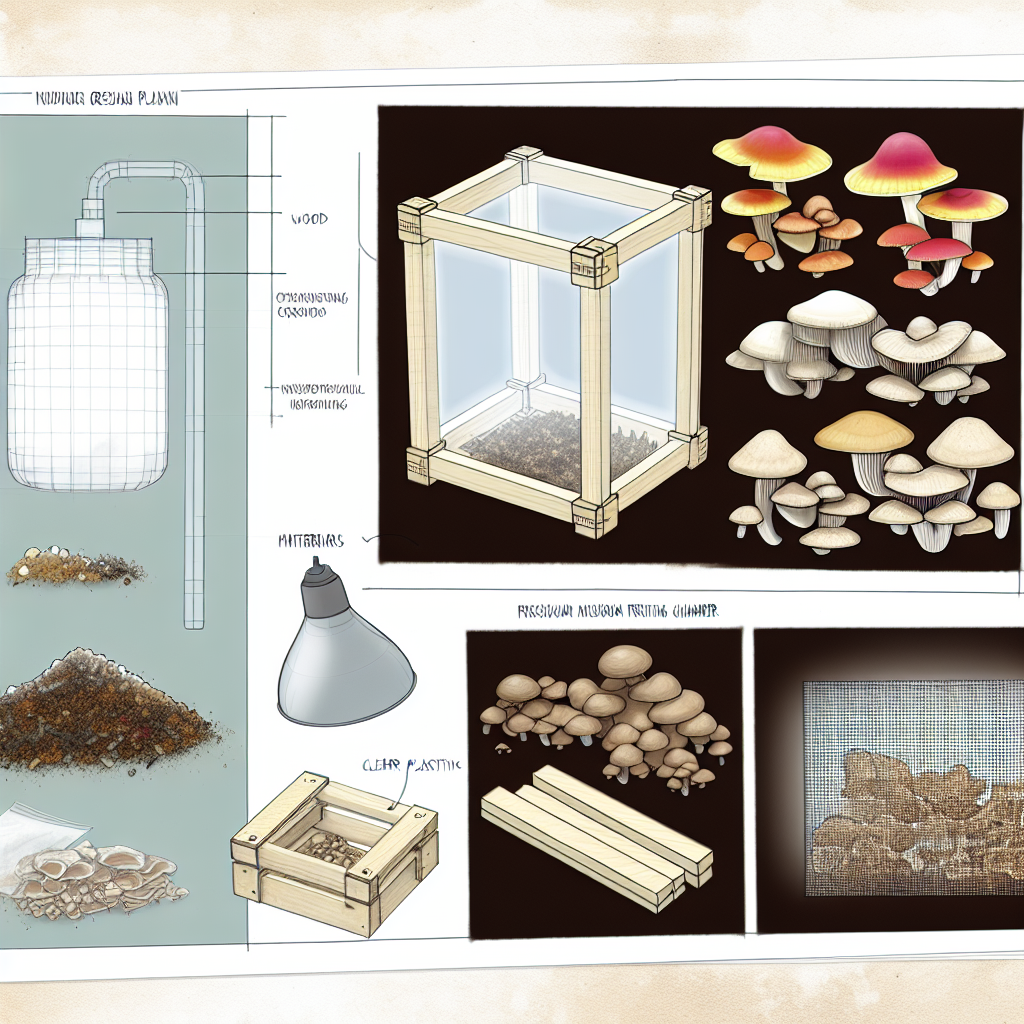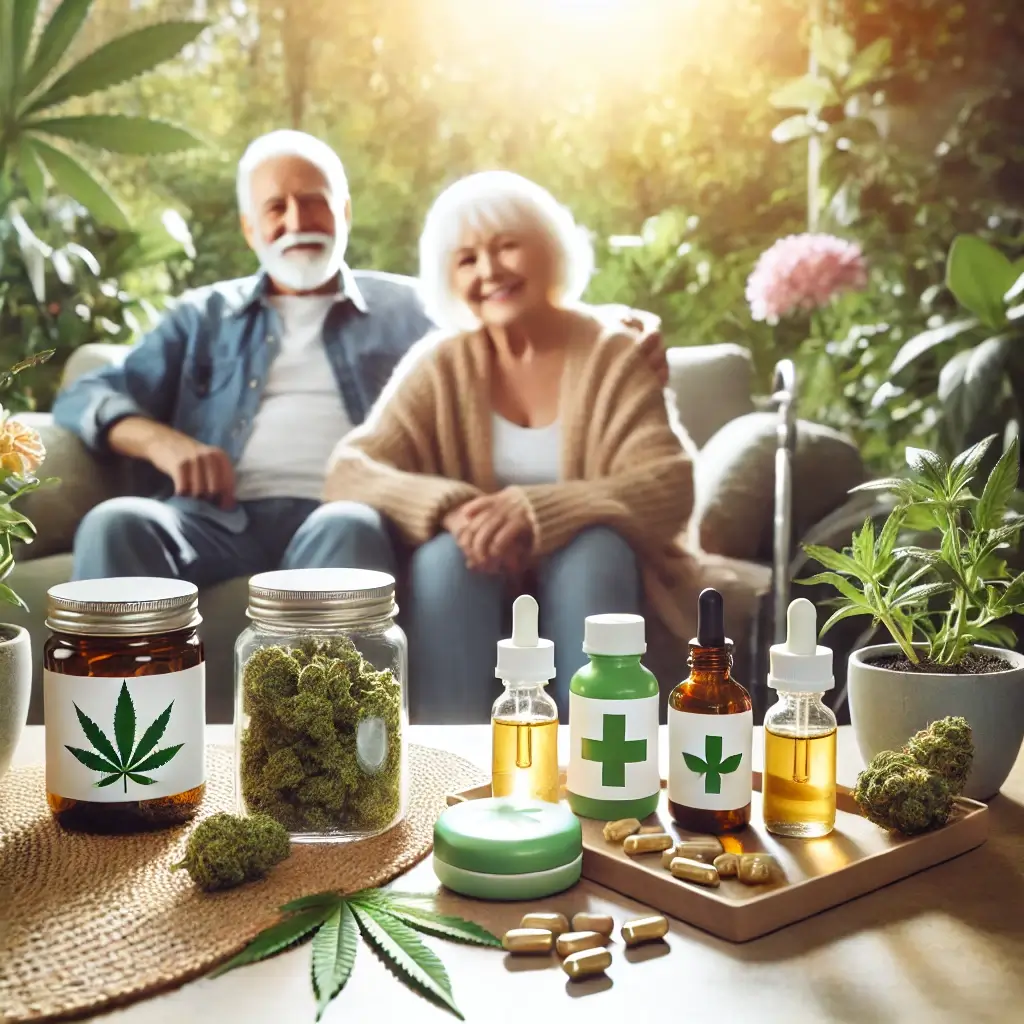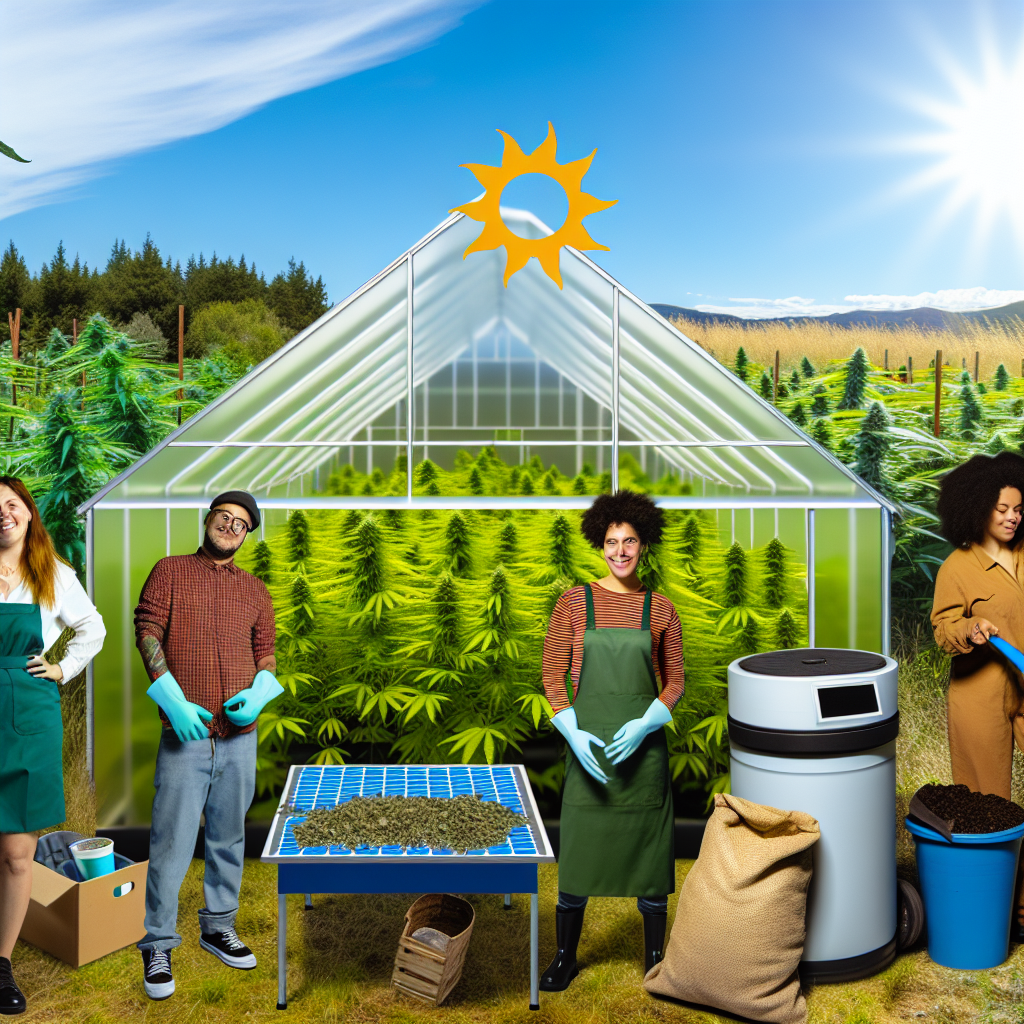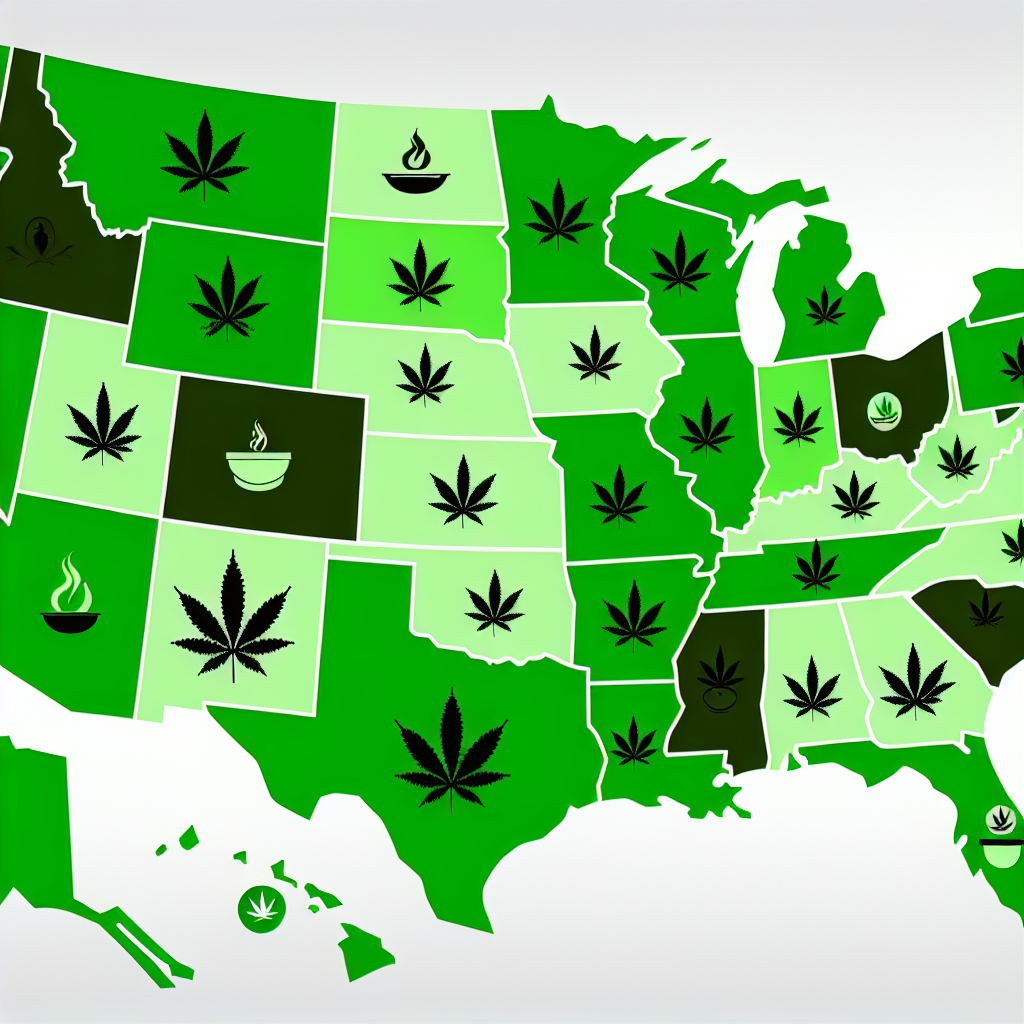The Biochemistry of Cannabis Anthocyanins – Expression, Stability, and Bioactivity
Introduction
As the legal cannabis industry evolves and merges with biotechnology and pharmacology, the vibrant hues of purple, red, and blue in certain cannabis strains—once seen merely as aesthetic—are now under scientific scrutiny. These luminant colors are due to **anthocyanins**, a class of **flavonoid pigments** involved in plant defense and pigmentation.
Anthocyanins are **polyphenolic compounds** produced through the **phenylpropanoid metabolic pathway**, a major route responsible for synthesizing secondary metabolites in plants. These water-soluble pigments are stored in vacuoles and serve multiple roles—ranging from anti-oxidative defense to UV protection. In cannabis, expression of anthocyanins is controlled by both **genetics** and **environmental factors**, including temperature, nutrient availability, and light exposure.
Their role in the **entourage effect**, where cannabinoids, terpenes, and other compounds act synergistically in therapeutic applications, has researchers investigating anthocyanins for potential **anti-inflammatory**, **neuroprotective**, and **anti-cancer** effects.
In this article, we examine the mechanisms behind anthocyanin expression in cannabis, factors affecting their stability during processing, and their promising bioactive properties in modern medicine.
Expression of Anthocyanins in Cannabis
The biosynthesis of anthocyanins in cannabis is primarily driven by enzymatic pathways within the phenylpropanoid system. Key enzymes such as **chalcone synthase (CHS)**, **dihydroflavonol 4-reductase (DFR)**, and **anthocyanidin synthase (ANS)** are responsible for converting phenylalanine into different anthocyanin molecules.
Control of this biosynthetic process occurs at the genetic level through transcription factors (TFs) such as the **MYB**, **bHLH**, and **WD40** protein families. These TFs act as molecular switches that turn on the pigment production under the right conditions.
Environmental cues like **low temperatures**, particularly during the flowering stage, stimulate anthocyanin accumulations. **Ultraviolet (UV) light** promotes anthocyanin production as a protective mechanism, safeguarding plant tissues against photodamage.
Cannabis growers often manipulate these cues by lowering nighttime temperatures or adjusting nutrient inputs—particularly **phosphorus and potassium**—to activate anthocyanin synthesis. Selecting strains genetically inclined to exhibit strong anthocyanin pathways also increases the likelihood of vibrant coloration and potential therapeutic benefits.
Stability of Anthocyanins in Cannabis Products
While anthocyanins are vividly present in live cannabis plants, they are structurally fragile following harvest. **Stability of anthocyanins** depends heavily on **pH**, **temperature**, and **oxidative exposure**. For example, anthocyanins appear **red in acidic**, **purple in neutral**, and **blue in alkaline** environments—making them sensitive to handling and formulation conditions.
In extract processing, traditional **solvent-based methods**, especially those involving heat, degrade anthocyanins rapidly. To improve shelf-life and efficacy in **cannabis edibles, tinctures**, or **topicals**, scientists are employing **microencapsulation** and **co-pigmentation techniques** (pairing anthocyanins with other flavonoids) to preserve their structure and activity.
The need for **optimized extraction and storage protocols** is critical if anthocyanins are to be successfully integrated into the broader cannabis product market.
Bioactivity and Medical Research Studies
Current research highlights the promising **bioactivity of anthocyanins**, which extends beyond their antioxidant roles. These compounds show potential in reducing inflammation, protecting the nervous system, and inhibiting cancer growth.
– A 2017 review in Nutrients revealed anthocyanins help suppress **pro-inflammatory cytokines** like TNF-α and IL-1β. They also activate pathways that enhance endogenous antioxidant responses, such as **Nrf2 and HO-1**.
– Neuroprotective benefits were highlighted in a 2020 study published in Molecular Nutrition and Food Research, which documented the ability of anthocyanins to cross the **blood-brain barrier** and protect against neurodegeneration in Alzheimer’s disease models.
Evidence from other anthocyanin-rich botanicals, like berries and purple corn, indicates their wide-ranging therapeutic impact. This suggests that **cannabis-derived anthocyanins**—even if molecularly distinct—may hold similar potential.
Ongoing research seeks to identify specific cannabis anthocyanin molecules, such as **cyanidin** and **pelargonidin derivatives**, and study their pharmacokinetics across consumption types (inhalation, ingestion, topical).
Conclusion
Anthocyanins in cannabis stand at the crossroads of visual allure and therapeutic potential. Their **biosynthesis** is regulated by a sophisticated interplay of genetic and environmental factors, while maintaining their **stability** post-harvest remains a technical challenge in product development.
However, their **anti-inflammatory**, **neuroprotective**, and **antioxidant effects** make them a promising addition to functional cannabis formulations. With further research and refinement of extraction methods, anthocyanins may play a central role in enhancing both the efficacy and appeal of future cannabis products through their contribution to the **entourage effect**.
Concise Summary
Anthocyanins are colorful flavonoid pigments found in cannabis that offer more than just visual appeal. Derived via the phenylpropanoid pathway, these compounds are influenced by environmental and genetic factors. While unstable post-harvest, advancements in processing techniques aim to preserve them in cannabis extracts. Scientific studies link anthocyanins to antioxidant, anti-inflammatory, and neuroprotective effects. Although most data come from non-cannabis plants like berries, ongoing research into cannabis-specific anthocyanins indicates potential for functional therapeutic applications. Enhancing anthocyanin stability and bioavailability could significantly boost their value in the medical cannabis industry.
References
1. Giusti MM, Wrolstad RE. (2005). Characterization and measurement of anthocyanins by UV–visible spectroscopy.
2. He J, Giusti MM. (2010). Anthocyanins: Natural Colorants with Health-Promoting Properties.
3. Montoro P, et al. (2016). Positive influence of light and temperature on anthocyanin accumulation in Cannabis sativa.
4. Khoo HE, et al. (2017). Anthocyanidins and anthocyanins: colored pigments as food, pharmaceutical ingredients, and the potential health benefits.
5. Wang Y, et al. (2020). Dietary Anthocyanins and the Risk of Alzheimer’s Disease and Related Dementias.
6. Slavin M, et al. (2017). Anthocyanins and their anti-inflammatory properties.



